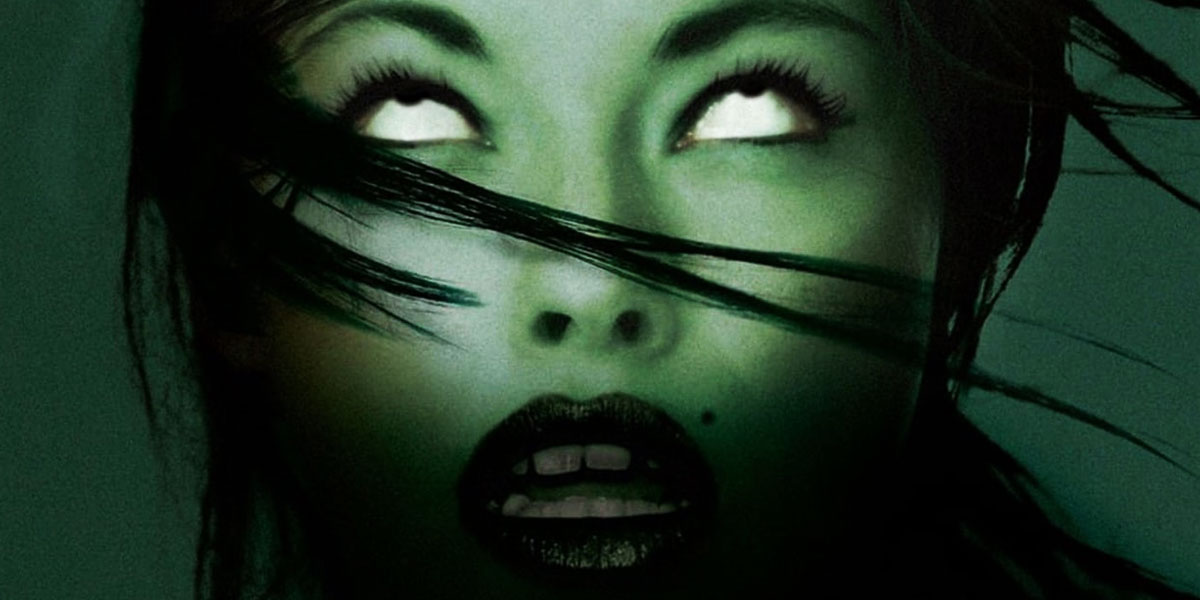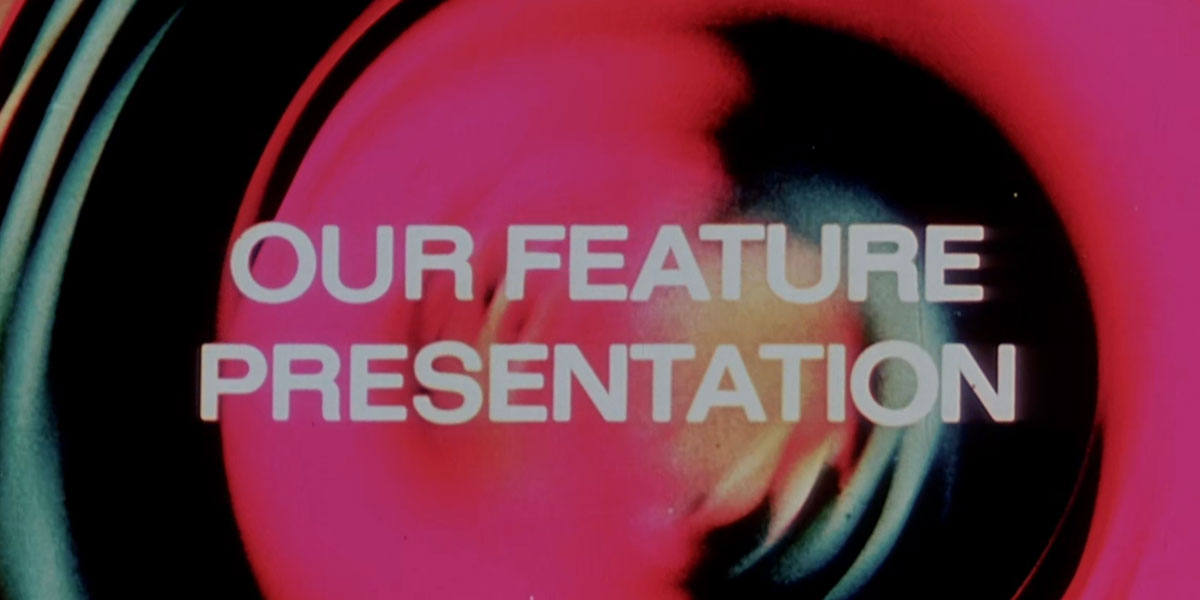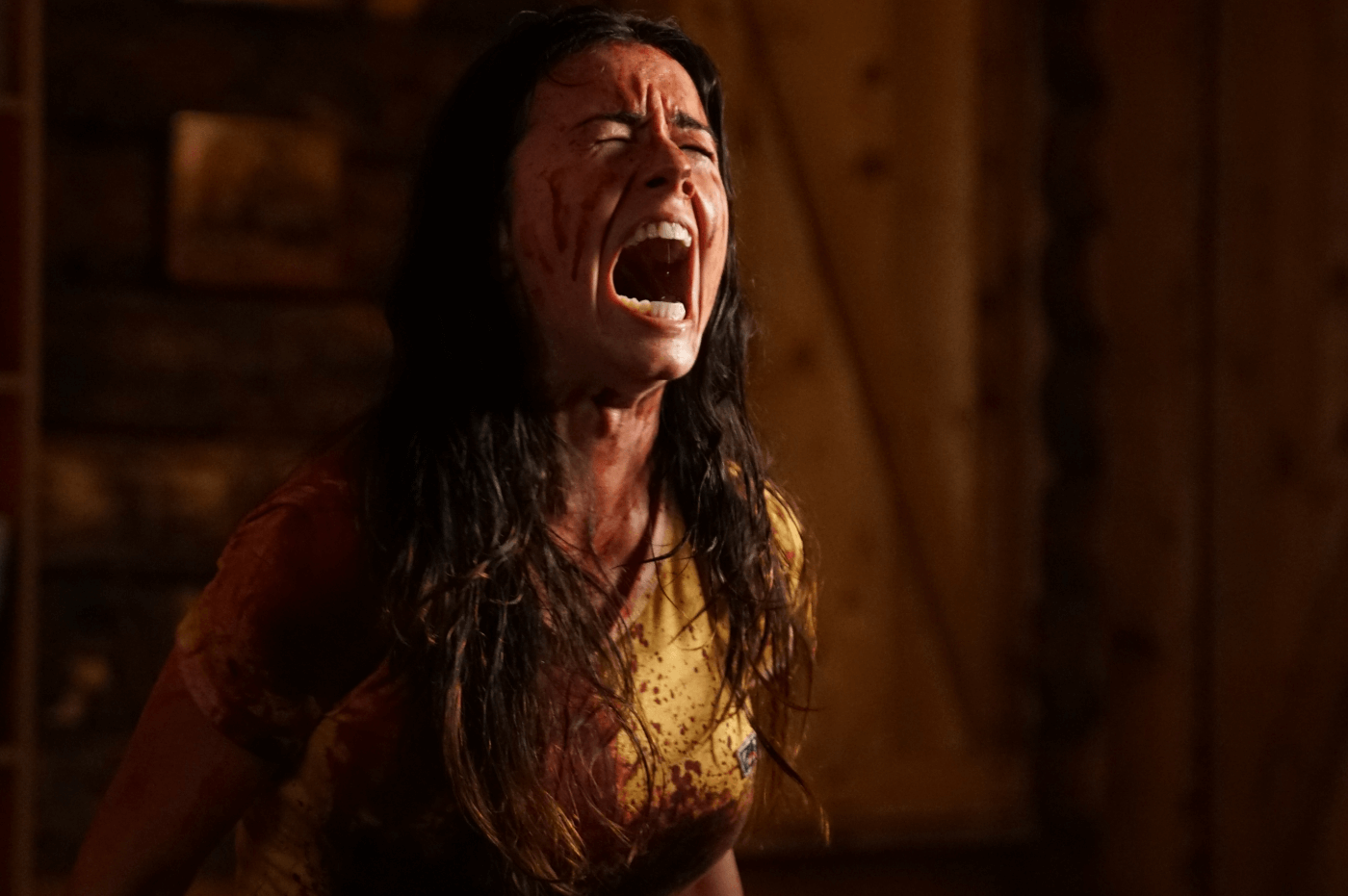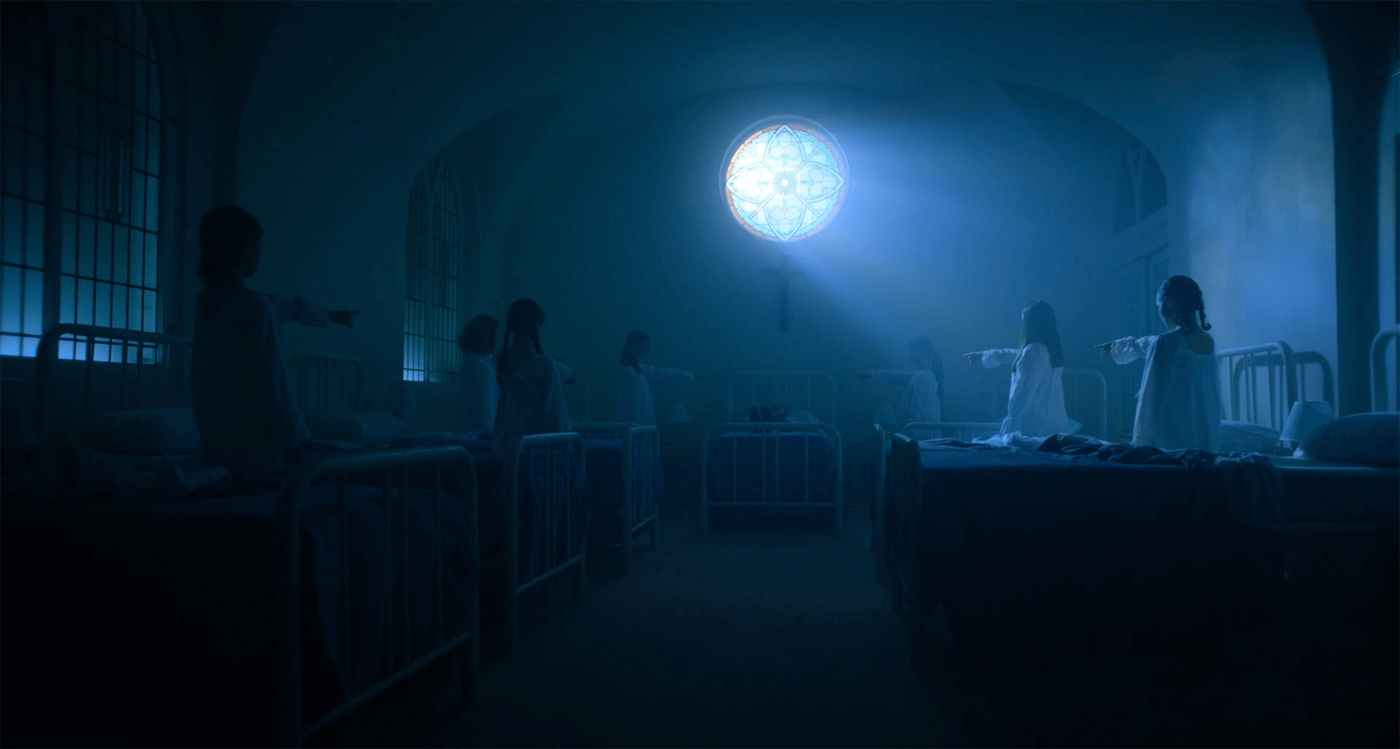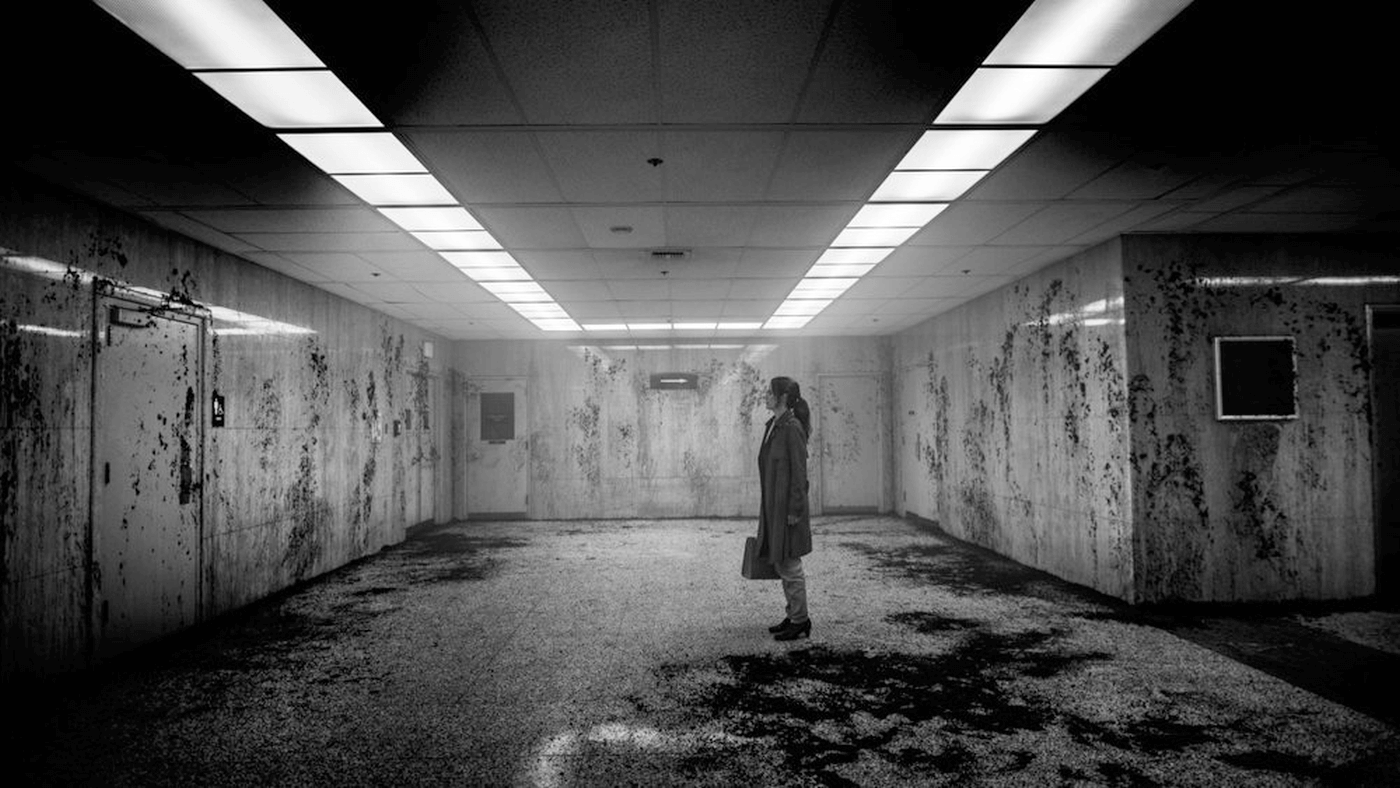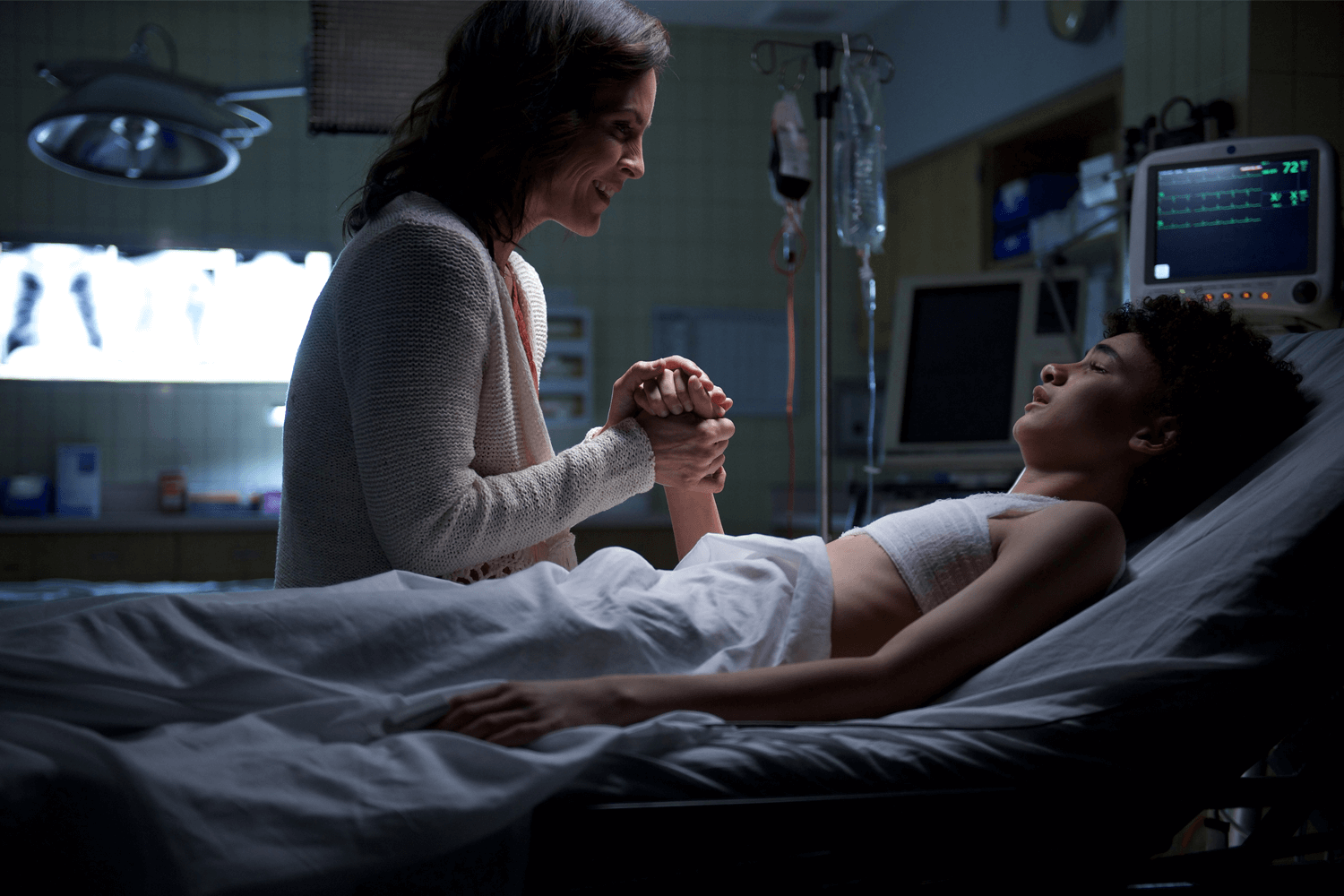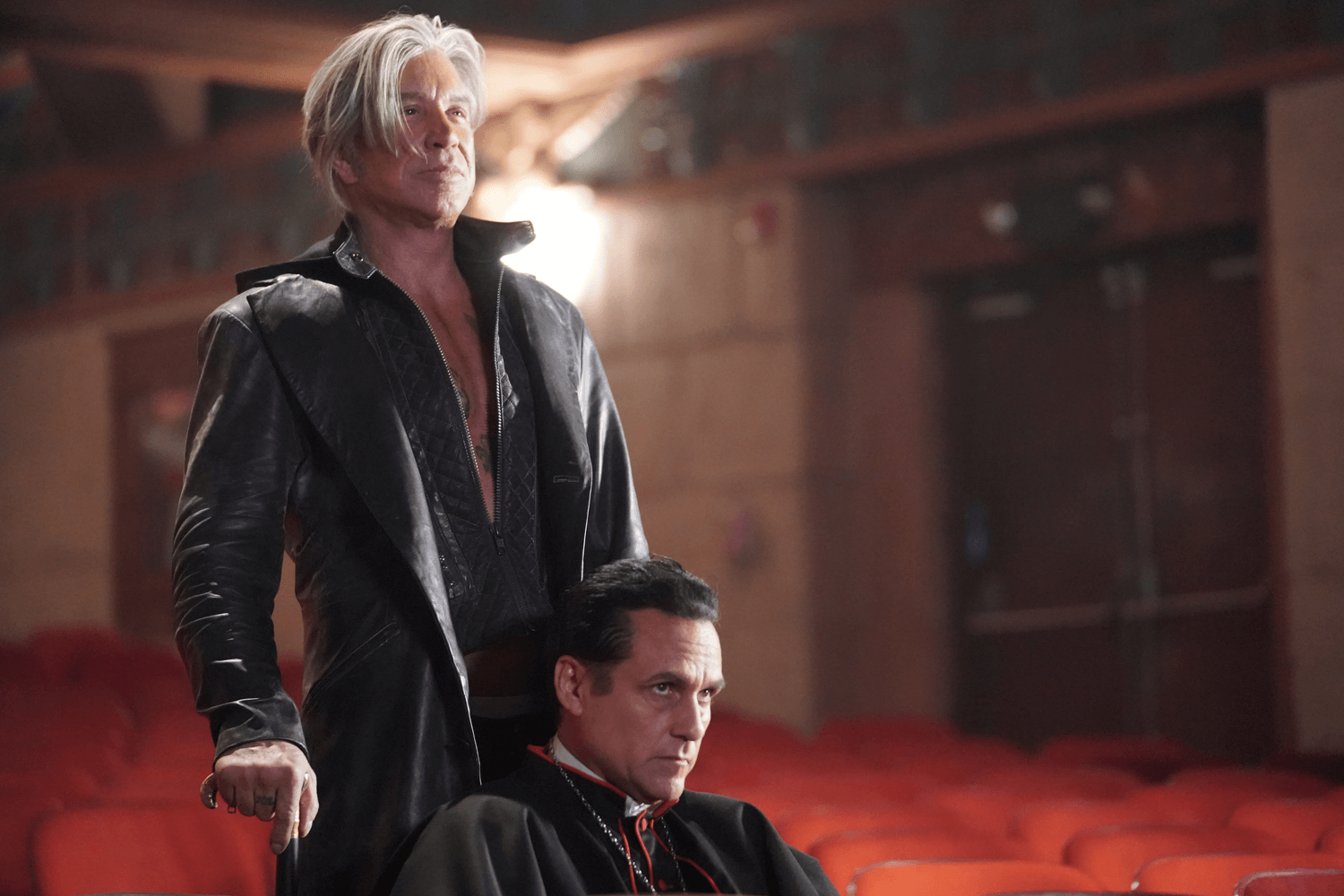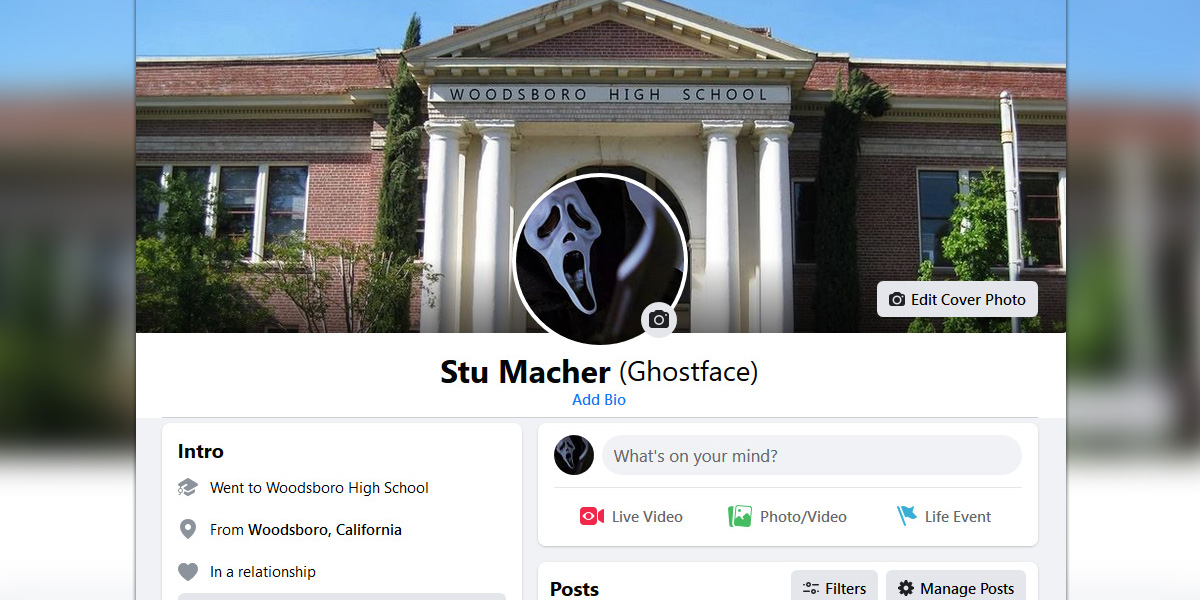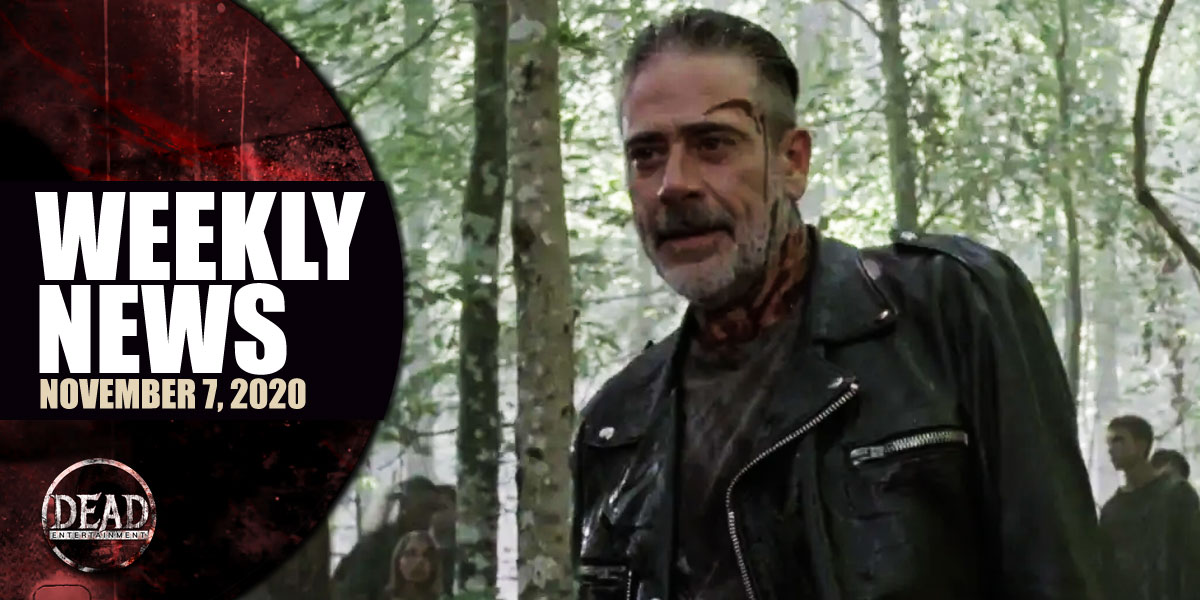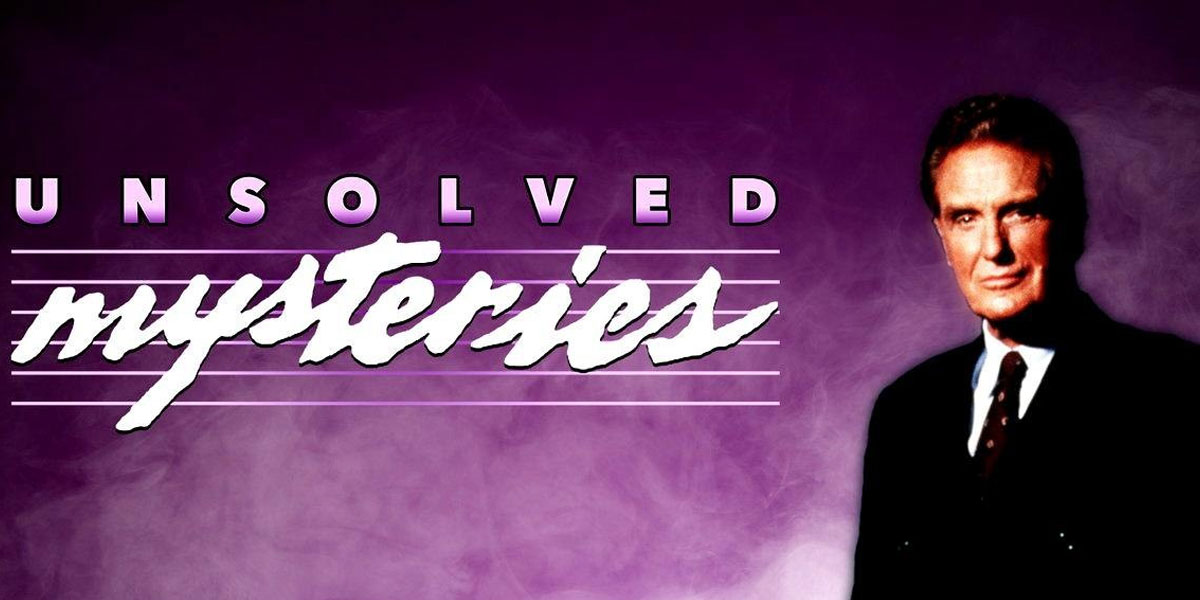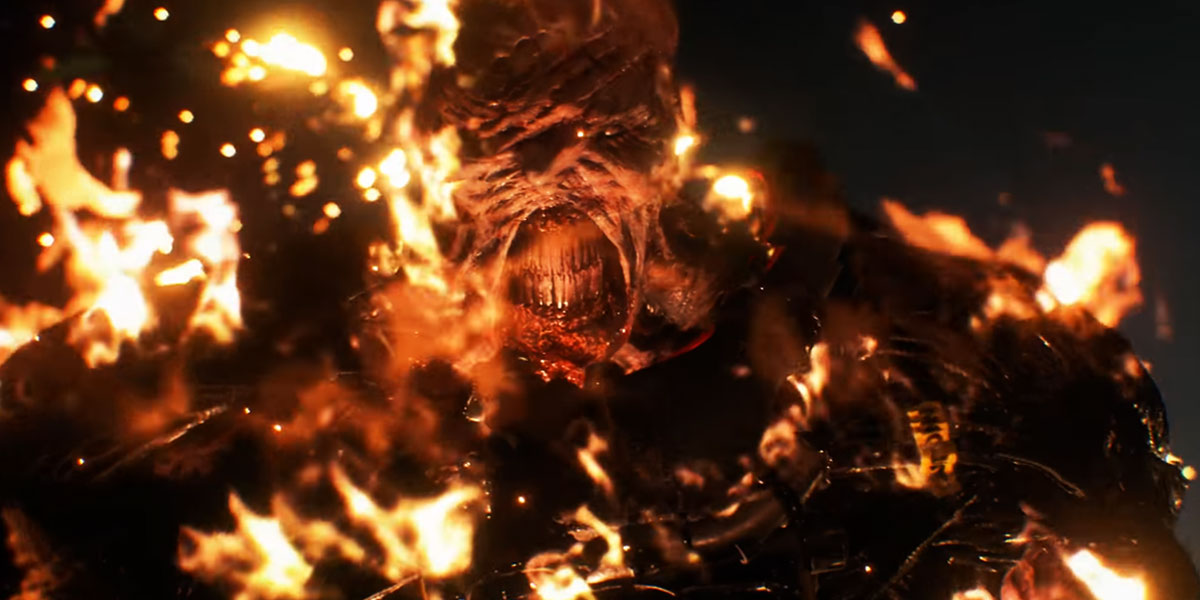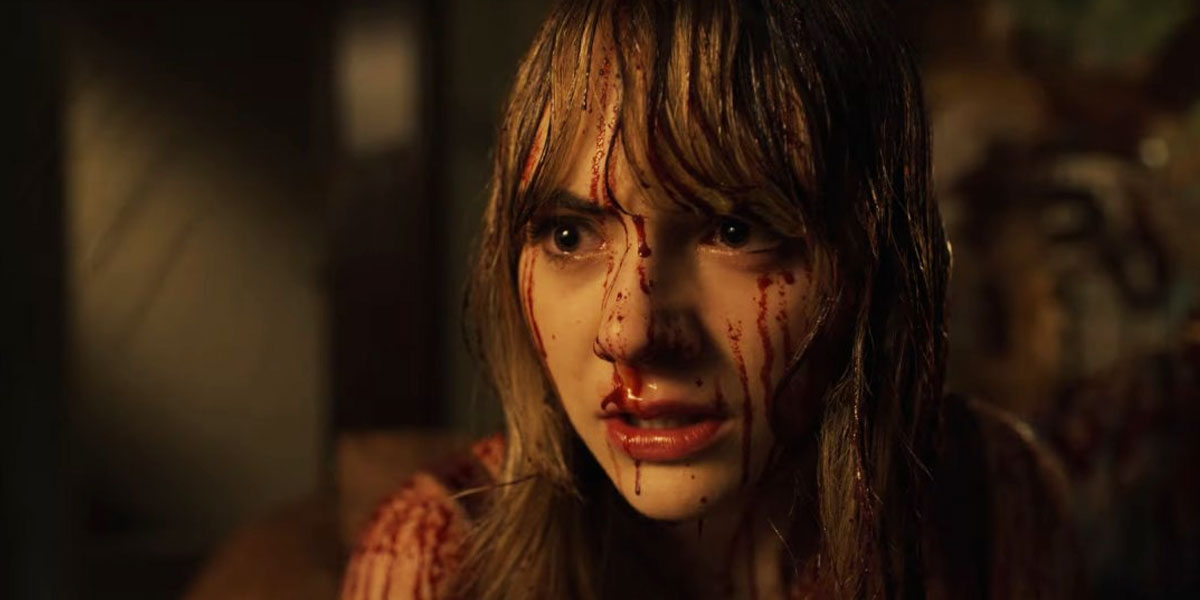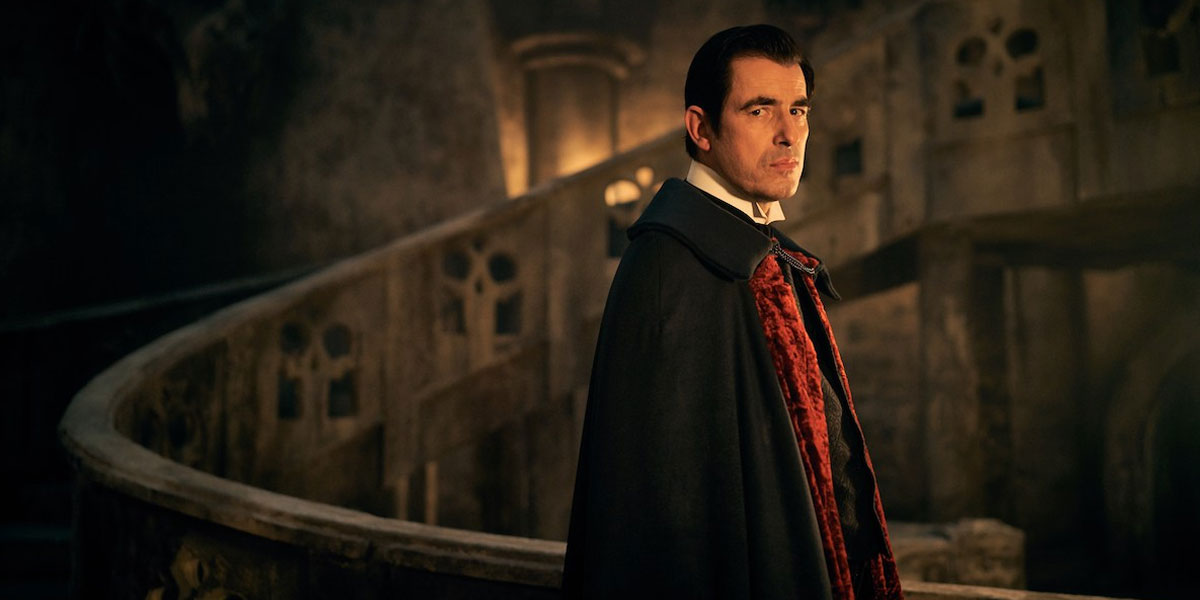Review: Five Masters of Horror Welcome You to the Nightmare Cinema
Each filmmaker brings something truly unique and different to the table in this long-awaited horror anthology.
By Ray Morse

Twelve long years after Showtime closed the curtains on Mick Garris’ hit anthology series, Masters of Horror, the seasoned horror veteran has returned once more with four of the world’s most prolific and visionary genre filmmakers to usher excited and unsuspecting moviegoers alike through a terrifying journey to the Nightmare Cinema. Born from the macabre mind of Garris, this film picks up where Masters of Horror left off as a spiritual successor of sorts that maintains the television show’s original core values of artistry and storytelling above all, without the shackles of censorship holding any of the filmmakers back.
In this iteration, Garris opts to take these concepts back to the silver screen for a five-segment anthology film that gathers legendary talent from all over the world, including Joe Dante (Gremlins, The Howling), Ryûhei Kitamura (The Midnight Meat Train, Versus), David Slade (Black Mirror: Bandersnatch, 30 Days of Night), Alejandro Brugués (Juan of the Dead, ABCs of Death 2), and Mick Garris (The Stand, The Shining) himself, who directed a segment of his own as well as the film’s wrap-around story, The Projectionist, which stars Sin City’s Mickey Rourke.
With the level of talent assembled to offer their own unique fingerprints on Nightmare Cinema, it begs the question of whether or not it's enough to truly offer something fresh for the often hit-or-miss horror anthology subgenre. With each tale boasting its own distinct personality, it feels best to discuss their merits individually to best understand what kind of beast this film actually is.
The Thing in the Woods - Directed by Alejandro Brugués
Alejandro Brugués’ segment, The Thing in the Woods, immediately sets the tone for the rest of the film by offering the audience lucky enough to be in attendance a taste of what’s to come when they’re dropped dead-center into one of horror’s most traditional and celebrated subgenres, the slasher.
Brugués opens up the first few moments of the short with mere seconds of serenity, quickly followed by a complete demolition of any sort of calmness that might have washed over us when we finally met our blood-drenched survivor girl fleeing some unknown and deadly force, a slasher trope that is far from new territory. From this point on, the purposely-familiar story unfolds at a pace that would leave even the strongest horror veterans with whiplash, sprinting for the inevitable final showdown between the protagonist and her pursuer. What happens next, however, is a little unexpected.
Just when you feel there’s not a secret left to be uncovered in The Thing in the Woods, Brugués not only pulls the rug out from underneath you, but also ensures that there’s no coming back from any preconceived ideas you might have had toward this entry’s story. When this takes place – and you’ll know the exact moment – everything you’ve experienced thus far comes full circle, leaving you beyond entertained and satisfied with how wonderfully original this story truly is.
Mirari - Directed by Joe Dante
While Brugués’ segment moved appropriately at a breakneck pace, the legendary Joe Dante took his Nightmare Cinema entry, Mirari, to a far more comfortable cruising altitude, allowing the story, exceptionally written by Richard Christian Matheson, to unfold gradually. The change in tempo felt just right and was more than welcome.
In Mirari, we meet both Anna (Zarah Mahler) and David (Mark Grossman), who are a couple set to be wed in the not-too-distant future and are two sides of the same coin. Anna lacks self-confidence due to facial scarring caused by an accident that she had previously been in and it almost immediately becomes evident that while this does haunt her a great deal, she is doing what she can to cope with her minor disfigurement.
David, on the other hand, is what someone like Anna might see in her mind when imagining the definition of “picture perfect,” so much so that it leaves her in a constant state of feeling inadequate and undeserving, regardless of how much he reassures her to the contrary. Still, he accepts her unconditionally and lives only to see her happy and healthy, even if that means offering to finance corrective surgery to rid her of her blemish, both literally and figuratively.
The story unfolds in a relatively conservative manner from the start, which helps with lulling both the viewer and main character into a sense of security that is sure to keep most at ease, that is, of course, until Matheson removes his hands from the wheel and lets insanity steer the narrative the rest of the way. The characters we meet along the way offer an obvious parallel between what’s real or rational and what’s in the mind of someone whose fears are hitting a boiling point.
The motives on display aren’t necessarily clear, but I don’t think that was ever Matheson’s intent in telling this story. Instead, both Dante and Matheson take the viewer on a tour that lies somewhere between reality and madness, which often feels like it might fit right at home beside some of Rod Serling’s best episodes of The Twilight Zone.
Mashit - Directed by Ryûhei Kitamura
For Mashit, respected Japanese filmmaker Ryûhei Kitamura teams with Mexican writer Sandra Becerril to deliver a story of demonic possession unlike anything you’ve ever seen before. The duo rise to the occasion to not only offer fans of films like The Exorcist or The Omen a familiar landscape, but also to take a tried-and-true subgenre and breathe some new life into it.
The result of this effort ends up being visually and narratively reminiscent of late 1970s and early 1980s Italian horror films by filmmakers such as Lucio Fulci (The Beyond, City of the Living Dead) and Dario Argento (Suspiria, Deep Red), while arriving fully-equipped with Kitamura’s unmistakable signature style.
Where the previous two segments offer twisted takes on film tropes and explore natural human fears and psychology, Mashit exists at its core through the film’s atmosphere and reliance on tone, imagery, and mood, which it absolutely excels at, perfectly setting the stage for the larger evil at play. The segment's exploration of religious themes and theology as well as having the characters balance the concepts of faith, belief, duty, and human temptation serve as the true foundation in which this story rests upon, and it is executed to perfection by both Kitamura and Becerril.
This Way to Egress - Directed by David Slade
David Slade’s segment, This Way to Egress, which he brilliantly co-wrote with Lawrence C. Connolly, can be best described as both a poignant take on loss and trauma and an examination of how the human mind is conditioned to either accept or reject them. Visually, Slade crafts a nightmarish world that is seemingly innocent from the start, but glaringly foreboding just the same. This remains a constant throughout the story as it progresses further into a Silent Hill-esque dreamscape, descending with each passing moment into pure unadulterated madness.
As impressive as the efforts put forth by Slade and the crew, both in front of and behind the camera, certainly are, The Haunting of Hill House‘s Elizabeth Reaser offers a moving and powerfully-emotional performance that helps ground the viewer in a reality that should otherwise be questioned every step of the way. Despite seeing the world in which she exists for what it actually is, Reaser makes you a believer of the one that she sees through her own eyes. As a result, you can’t help but stay by her side throughout this journey, for better or worse.
This Way to Egress is a hauntingly-beautiful, artfully-shot, and emotionally-exhausting character study that proves to be the most human among the rest. This could have fit right at home as an episode of Netflix’s Black Mirror, but it adds such an integral piece to the soul of Nightmare Cinema.
Dead - Directed by Mick Garris
Who better to conclude our first of hopefully many trips to the Nightmare Cinema than the godfather of Masters of Horror himself, Mick Garris? The journeyman director offers his unique touch to the mix with his segment, simply titled Dead. Penned by Garris, this story follows a young piano player named Riley (Faly Rakotohavana), who, along with his parents, fall victim to a robbery-murder shortly after a recital.
After seventeen minutes in a clinically-dead state, Riley’s life is miraculously saved by hospital surgeons. During his recovery, he begins to notice strange occurrences with the not-so-alive patients who roam the halls freely. His deceased mother also begins to appear to him, longing for her son to let go and join her and her husband in the afterlife. Riley soon finds out that he is not alone in possessing this sort of ability when he meets his next-room neighbor, Casey (Lexy Panterra), and the pair quickly form a valuable bond over their shared sight.
The thing that I most enjoyed about Garris’ segment is how much of an amalgamation of various types of horror it turned out to have baked into it. As the plot begins to unravel and the twists and turns present themselves, you can’t help but appreciate the groundwork built into the story to ensure not only a unique experience, but one that will easily take you back to a time when anthology horror (and horror in general) was about being brave and inventive, regardless of limitations.
The Projectionist - Directed by Mick Garris
The Projectionist serves as Nightmare Cinema’s wrap-around story that ties each of the segment’s main characters, along with all their baggage, to one central location. In this case, that place is an appropriately old and rundown movie theater, which seems to represent Hell or Purgatory for Rourke’s Cryptkeeper-like character, where visitors are presented a glimpse at the choices that brought them there.
While this story isn’t as verbose as the previous five (and that’s certainly by design), it does its job quite nicely, acting as a postscript for the characters we’ve briefly encountered at the Nightmare Cinema!
The Good
This film provided anthology horror with some well-needed, genre-bending innovation. Each story had its own unique personality, utterly crazy at times, and it was clear that the directors threw caution to the wind to make their statements. It was a fun and entertaining ride, full of artistic and passionate filmmaking.
The Not-So-Good
It would have been nice to see what the filmmakers could have done with a little more time and money for some of these stories. Also, this was a long time coming and hopefully we won't have to wait another decade for the next one!
9.0/10
Overall, Nightmare Cinema is a blast and an honest love letter to the days when the art of imaginative and entertaining storytelling came first, and getting it made was the burden you were more than willing to bear in order to see it happen. What better way is there to honor the horror genre we hold so dearly?

More Reading
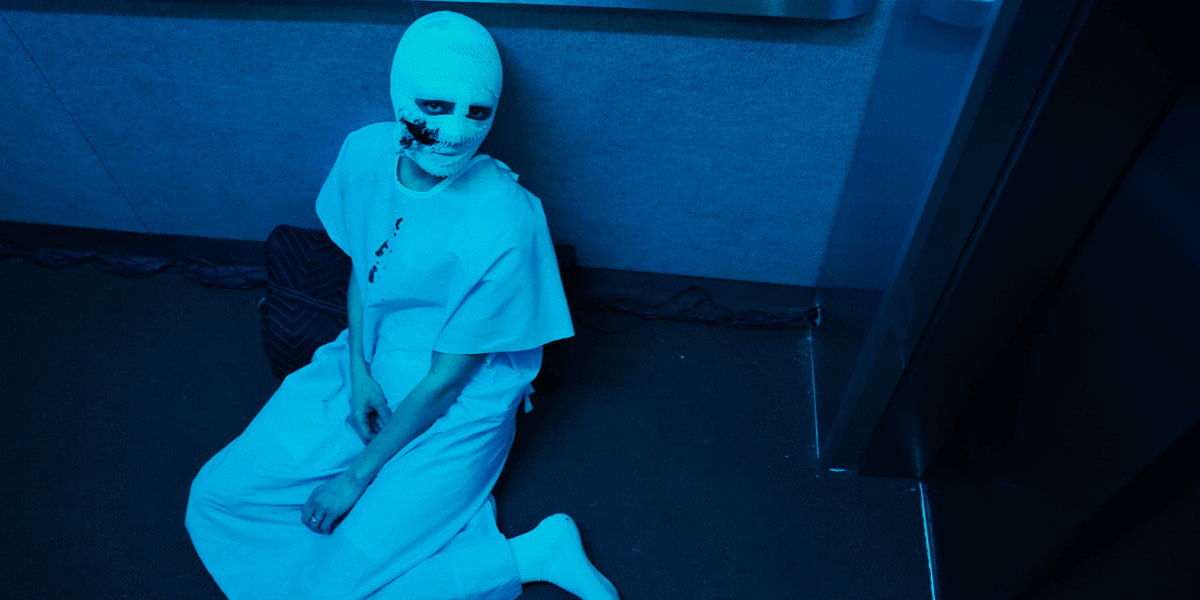
Mick Garris’ Nightmare Cinema Heading to Retro VHS Format
The horror anthology is only the latest genre offering to receive a fully-functional collector’s edition VHS release.

Nightmare Cinema Coming to Home Video on September 3rd
You won't have to wait long to grab up the Mick Garris-led horror anthology on Blu-ray or DVD.
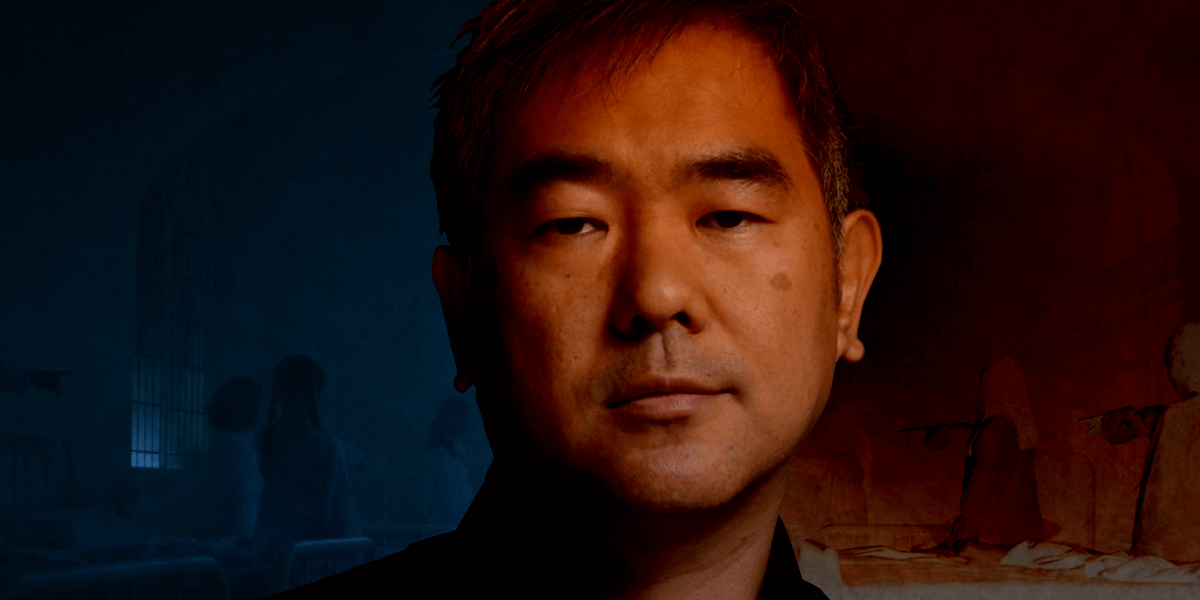
Interview: Ryûhei Kitamura Delights in His Nightmare Cinema Segment, Mashit
The Midnight Meat Train director takes us through his story, featuring demonic possession and, of course, swords and knives.

Interview: Nightmare Cinema Newcomer Alejandro Brugués Fits Right In
The Juan of the Dead writer/director delivered something delightfully unexpected in his segment, The Thing in the Woods.



